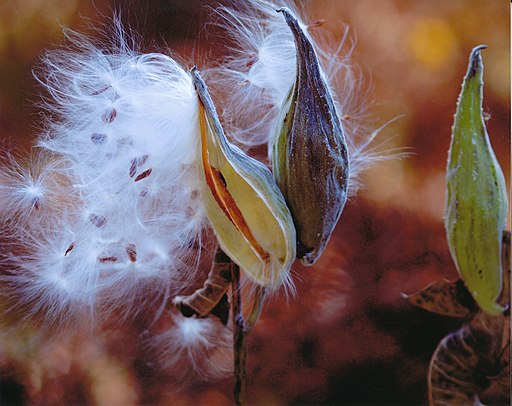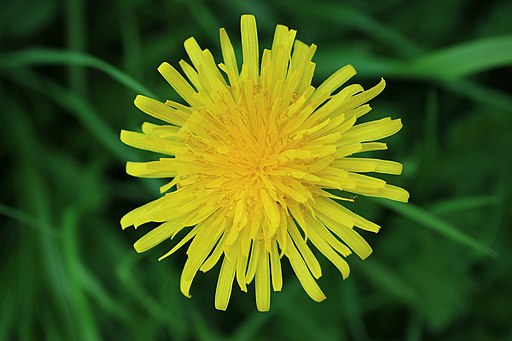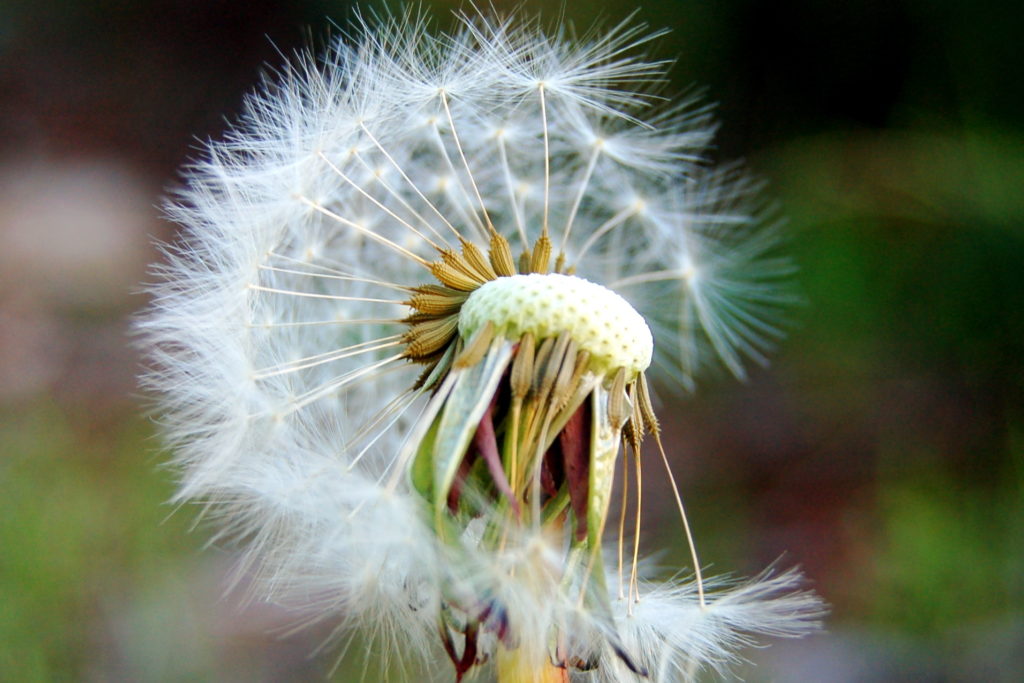Introduction:
Think about what seeds need to grow: things like sunlight, water, space, and nutrients! What do you think happens when these essential resources are limited?
Seeds may be less successful in places where there are many other seeds competing for the same resources. Since plants are unable to move from place to place, they have developed other ways to avoid resource limitation and competition. While some plants drop their seeds just below the parent plant, others avoid competition between their offspring by spreading their seeds beyond the parent plant. There are many different strategies plants use to disperse their seeds away from the parent plant. For example, some plants rely on the wind to carry their seeds away! Plants like dandelions, maple trees, and milkweed all rely on the wind to spread their seeds.
Below are a few examples of wind-dispersed seeds. Notice the size, shape, and other features they have that make wind dispersal easier:
Milkweed
Dandelion
Maple
Time Required:
5-7 minutes per round
Materials Needed:
- Scissors
- Tape
- Paper
- Measuring tape/ruler
- Electric fan
Optional Materials: pompoms, poster board, markers, pipe cleaners, beads, and any other craft supplies.
Activity Breakdown:
Seed Fight Club is a creative activity that teaches students about resource competition and seed dispersal. Instructors should first give a short lesson on what plants need to grow and survive in a competitive environment and how seed dispersal can help (see above). After this introduction, the activity should go as follows:
1. Students will be given all the materials they need to create their own wind-dispersed seed.
- Any small, round object (such as beads, beans, or even a crumpled up piece of paper) will serve as the actual “seeds”; all other materials are “adaptations” to help the seed travel far and survive.
- Students should take weight, shape and seed size into account when creating their seeds
2. As students are working, try to ask questions about what characteristics they would “expect” a wind-dispersed seed to have
3. Once the seeds are done, have the students place their seed in front of an electric fan, and release the seed.
4. Students can measure the distance from the fan to wherever their seed landed
5. Students can then record their results on a piece paper or create a graph using posterboard (if available)
6. Have them create 3-4 different seeds, each with different designs, to see which type is most successful. Discuss which seed was the most successful and why!







